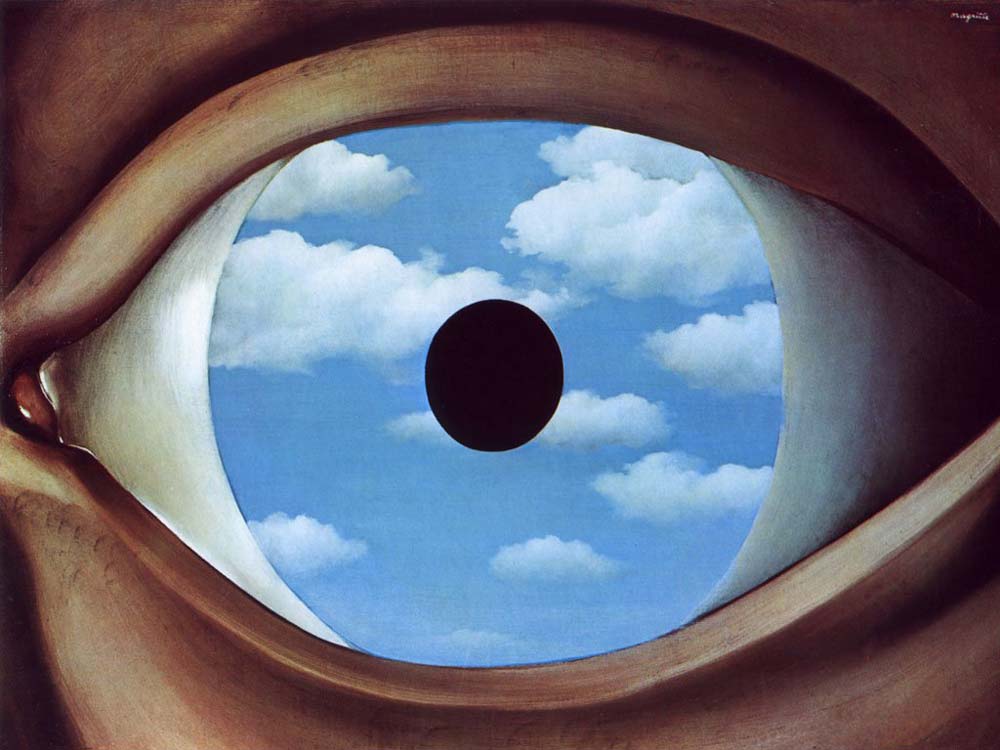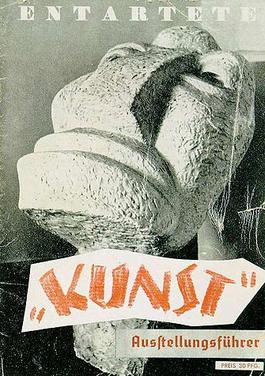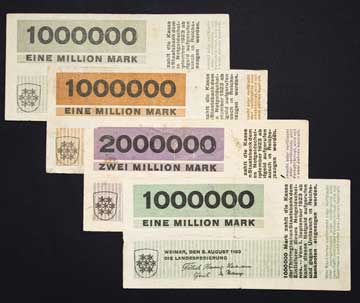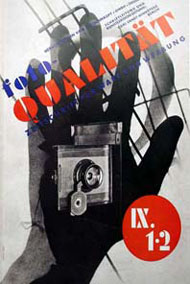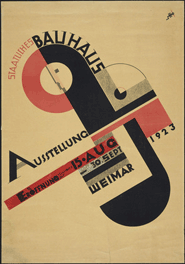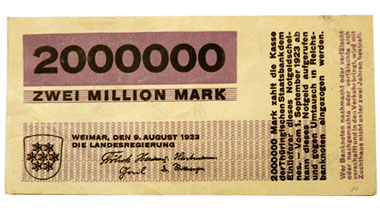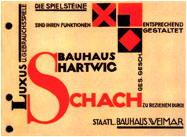My topic was Bauhaus
Williams topic was Swiss design
For the presentation we used Adobe Experience Design (Preview) which we each gathered information for our chosen topic area. To gather our information together we used pallet Link to paddle can be found here
For the Swiss design will gathered all the images and created the graphics and the text for the swiss design, I gathered the images, text and graphics for the Bauhaus information and the arrows and connected all the different slides of work together using the Adobe software using the different arrows graphics for the time lines.
By creating our presentation using Adobe Experience Design we can share the presentation online for people to view (http://adobe.ly/1XBQiDU)
Using an Apple device the viewer can save the website to the home screen of their device which it then acts like an mobile application
Below is a video of us presenting the prevention to the group.
From the presentation we have had the feedback that it could possibly have some sort of background music.
That our prevention would be something that you would find in a museum when you want to find out more about the specific topic area.







